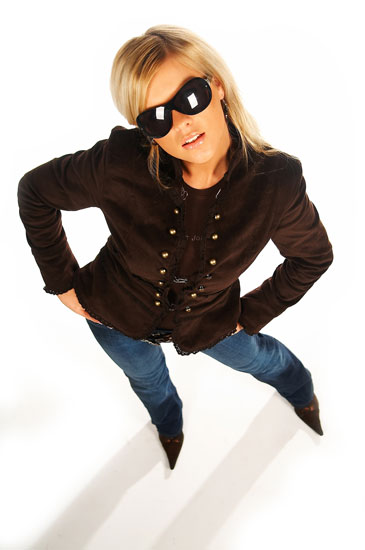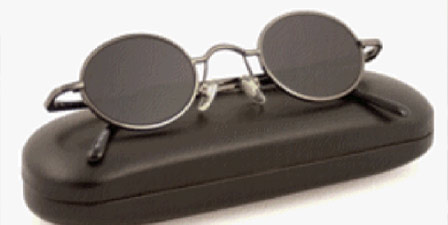Summer has finally arrived and always brings a fresh look at love, life and most importantly, our sunwear collection.

There are certain undeniable cycles in our profession; sunwear in the spring, back to school promotions in late summer, and then the mad dash to take care of patients wanting to spend flex dollars in the last month of the year. But did you know that there is only one product you offer that you only need to sell once, and it will return an annuity to your practice?
As a speaker and trainer, I have the privilege of traveling around the country giving presentations on many topics, including multiple pair sales. I ask every audience the same two questions; “How many of you own a pair of polarized sunwear?” And second, “How many of you can live without them?” Most of the time more than 75% of the audience has polarized sunwear and nearly 100% of the time they cannot imagine living without them. If we are so passionate about owning our own polarized sunwear, why aren’t your polarized sales at 75% of sunwear sales? Why is the national average just at 26%?
It may come down to a few key things. First, do we set the expectation up front that we intend to sell multiple pairs? It is important to remember that when we are presenting eyewear solutions to patients that we are providing eyewear for their needs for the next 2.1 years on average. Can that really be done with just one pair of eyewear when 40% of their life is spent outdoors? Set the expectation upfront with the first phone call by saying, “Please be sure to bring in all your eyewear, including your sunwear.” “You don’t have sunwear? I’ll make note of that so the doctor can discuss with you the importance of protecting your eyes.”

Second, there is a big misconception between the function of most photochromics and polarized sunwear. Photochromics are for comfort; polarized lenses are to manage glare. For me personally, the ideal two pair package is a photochromic pair for everyday wear (they are so clear these days) and the second is a pair of polarized sunwear.
Often we recommend so many attributes on the first pair of eyewear that we forget that sometimes, less is more. Focus on the function of each lens type and let it do what it was designed to do.

Third, a common mistake we make is in the presentation. Frequently the thought of a second pair comes as an afterthought. Once the first pair is sold, loaded up with all kinds of treatments and specialties like AR coatings, digital design, blue blocking technology, etc., we then we talk about the second pair. Right in the very moment we have shell shocked our patient with the price of the first pair of glasses. Instead, present them at the same time as a package. And frankly, refrain from loading up the first pair so heavily so that you leave room economically for the patient to buy the second pair. Prescription polarized is the only pair you have to sell once. Get them into a polarized lens as soon as you can so they may enjoy the benefits of clear, crisp vision outdoors – and they will always order them in the future, again and again.

Michael Karlsrud, M.Ed., is the principle consultant of The Karlsrud Company, a leading training and development company serving organizations throughout the United States. He also is CEO of K-Calls, a contact center that provides communication solutions to the optical industry's suppliers and doctors. You can hear Michael as the host of The Vision Council's On The Road Sales Coach, or read articles in LabAdvisor magazine and The 20/20 Opticians Handbook.













